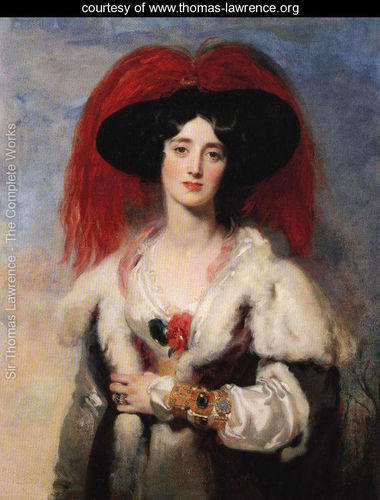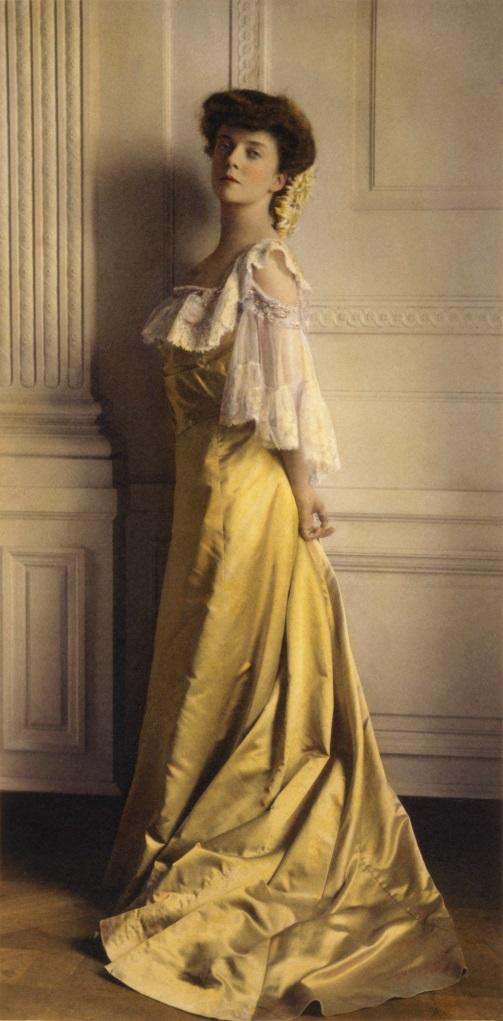Caroline Ticknor’s story depicts an imaginary conversation between the two types of women on the border of the nineteenth and the twentieth centuries. One of them is the steel-engraving lady type who is delicate and charming and has perfect manners. Another type is the Gibson girl – mannish and provocative, the one who does not want to conform to the men’s rules and believes inequality of the sexes. The purpose of the paper is to provide an analysis of the most distinctive features of the two women types.
Analysis of Characters in “The Steel-Engraving Lady and the Gibson Girl”
The Gibson girls marked the new era treatment of women’s sexuality (Buszek 111). These women wanted more freedom and were not shy to declare their desires. For instance, obtaining a right for education was not enough for them – they wanted to alter the approaches to education. They refused to be instructed only on the domestic order and the ways of pleasing their husbands. Furthermore, women started paving their way in politics and the legal system (Remley 1).
The Gibson girls wanted advantages in marital life and equality in labor (Postrel 167). They wanted more freedom, which was shocking for those who supported the “refined and delicate” steel-engraving lady type (Postrel 168). Along with this freedom, however, they received the loss of chivalry from men who failed to understand how to treat these independent creatures. The women destroyed “their kingdom with their own hands” (Moody 17). At the end of Ticknor’s story, the words are hummed by the night breeze: “Woman, once man’s superior, now his equal!” (Ticknor 108). These words express the opinion that along with the right to independence, women gained the loss of men’s admiration and esteem.
Women’s garments play a crucial part in the way the author is explaining her point of view. Clothes have always been a distinctive feature of characterizing people. In her story, Ticknor devotes particular attention to describing the tiniest details of the women’s wardrobe and appearance to make the disparity between them even more striking. The steel-engraving lady wears a dress with “drapery sleeve[s]” (Ticknor 105) and “slim, tiny sleepers” (Ticknor 106). She has “glossy hair”, and her face is dignified with “alabaster whiteness” and “slight blush” (Ticknor 105). Even her opponent admits that she is “slender and ethereal” (Ticknor 106). The Gibson girl’s appearance testifies her freedom and determinedness: she has “a heavy step” and “heavy boots,” her coat is “abridged” and “displays six inches of her stockings” (Ticknor 105-106). This girl has some rough, not to say rude, habits: she tosses a golf club, drops into a chair, and whistles (Ticknor 105-106).
The author does not seem prejudiced toward any of the women. She only describes their features and allows the readers to choose which type is more consistent with them: the steel-engraving lady with her dignity, dreaminess, blushing, and good manners, or the Gibson girl with her open-mindedness and boyish behavior. The author pays equal tribute to describing the two women’s disapproval of each other: the lady bows “a trifle stiffly” (Ticknor 106) while the girl looks at her “scornfully” (Ticknor 107). Thus, in the course of the story, Ticknor does not express any bias but allows the audience to choose whose style they like better. Only, in the end, there is a trifling hint to the author’s viewpoint. She mentions that despite the women’s opinion that they became equal after having been inferior, they gained equality after having been superior.
Outfit as a Means of Manifestation of the Different Women Types

The portrait of Lady Peel by Sir Thomas Lawrence (see fig. 1) is a perfect exhibition of a steel-engraving lady type. The woman in the picture has noble features and gallant garments. Her dress is of exquisite silk which emphasizes the whiteness of her neck and the tenderness of her facial features. The dress has long sleeves, and the woman’s bosom line is adorned with a rose. The lady’s hair is done modestly, with just a few waves seen from under the hat. The latter is of extraordinary grandeur: a broad-brimmed hat with huge feathers decorating it. The woman is wearing posh jewelry and a luxurious coat. Her glance is full of modesty and obedience, which, once again, proves that she is a typical steel-engraving lady.

A photograph of Alice Roosevelt by Frances Benjamin Johnston (see fig. 2) is a splendid manifestation of a Gibson girl. She is not wearing any jewelry, which indicates the desire to remain free and independent. Her dress is long but comfortable. The neckline and the sleeves signify the notes of protest: the low-cut neckline is adorned with a rebellious lace that draws attention, and the sleeves have shoulder-revealing holes. The woman’s hair dress is void of any curls, and she is not wearing a hat. There is only a small hair adornment matching the dress: pretty but simple at the same time. Apart from the garment, the woman’s posture and her glance indicate her freedom and refusal to obey. This is a typical Gibson girl illustration.
Conclusion
The end of the nineteenth century brought a surprising change in the US females’ attitudes towards men and themselves. Women no longer wanted to be attached to their homes and husbands and they wished to acquire new possibilities. However, as a result of their rebel, there were not only gains but also losses. The freedom to share men’s rights and duties, obtained by the Gibson girls, led to the loss of privilege to be admired just for being a woman, about steel-engraving ladies.
Works Cited
Buszek, Maria Elena. Pin-Up Grrrls: Feminism, Sexuality, Popular Culture. Duke University Press, 2006.
Johnston, Frances Benjamin. Alice Roosevelt, 1903. Web.
Lawrence, Thomas.Lady Peel, 1827. Web.
Moody, Windfield Scott. “Daisy Miller and the Gibson Girl.” The Ladies’ Home Journal, 1904; 21 (10), p. 17.
Postrel, Virginia. The Power of Glamour: Longing and the Art of Visual Persuasion. Simon and Schuster, 2013.
Remley, Mary Lou. “The Steel-Engraving Lady and the Gibson Girl: The American Sportswoman in Transition,” 1984. Web.
Ticknor, Caroline. “The Steel-Engraving Lady and the Gibson Girl.” The Atlantic Monthly, 1901, pp. 105-107.